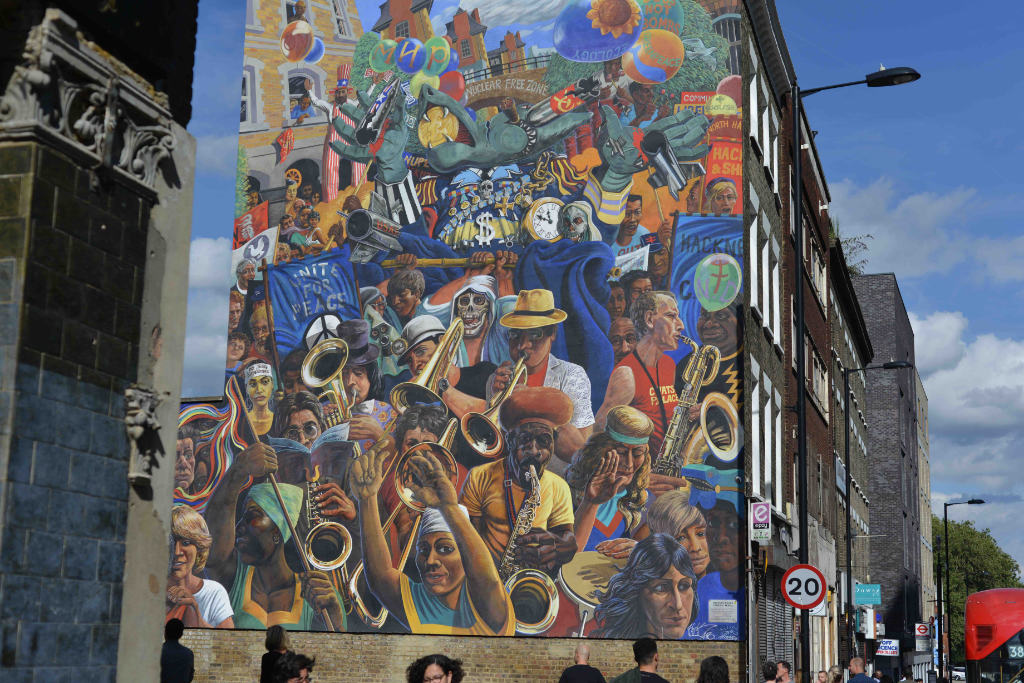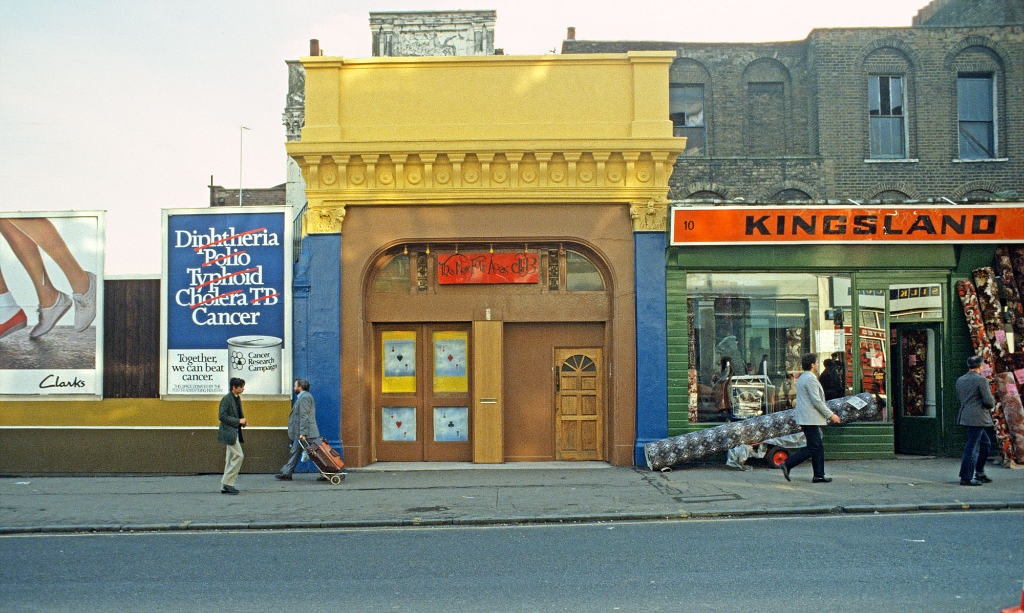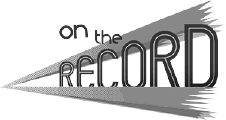Food and Frontlines: An Audiotour
Hackney Peace Carnival (1983) marches towards us along Dalston Lane. Images were first made to conjure the appearance of something absent. In 1980s Hackney, that something was peace. But this street scene is alive with real possibility. Can you spot a brass band blowing the horns of freedom? (The Chats Palace Arkestra). A Rasta with a red tam on saxophone? (Jah Globe). Women in colourful head-wrappers? (They’re from the Pan-African Centre). Trade unionists? A coal miner? Ban the bomb activists?
The picture is teeming with shared symbols and local characters, but everyone reads it in their own way. After dark, the peace mural came to life at the Four Aces Club directly over the road. The Four Aces Club of Dalston Lane (established 1967) was one of the first venues to book reggae and soul artists.
Michael McMillan (publishing worker), Liesbeth de Block (teacher), Hugh Boatswain (poet), Richard Gray (teacher) and Winstan Whitter (film-maker) describe the turbulent backdrop to the 1983 mural.
In 2007, the Four Aces Club building was demolished. Those Barratts homes on your right (Dalston Square) put bass sounds to sleep. Barratts borrowed the famous names who partied and performed at the Four Aces Club: Dekker – Desmond Dekker, Marley House – Bob Marley, Wonder House – Stevie Wonder, Ocean Tower – Billy Ocean.





